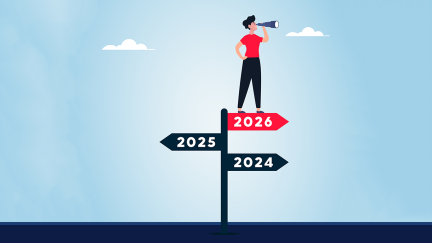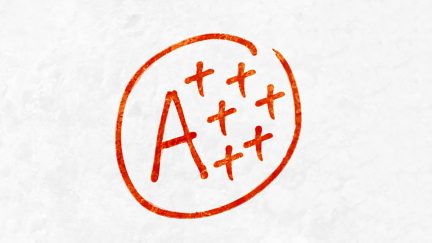Get more! Sign up for PLANSPONSOR newsletters.
Tech Firm Says Calculators Can Improve Savings
A new retirement income calculator from SmartAsset considers more than 80 variables while crunching retirement readiness assessments for individual savers.
Despite the back-end sophistication, the free tool is meant to be intuitive and easy to use, according to AJ Smith, managing editor and vice president with SmartAsset. Discussing the tool with PLANSPONSOR, she noted the user interface is controlled mainly through digital slide rules and a step-by-step information entry process that gathers key data points such as age, location, projected Social Security claiming age, annual income, and anticipated retirement expenses.
Smith says perhaps the most compelling feature of the new calculator is that it allows individual retirement savers to “play around with their savings information to see how a small change today can make a big difference years or decades down the line.”
“Savers can use the tool to see, in real time, how things like increasing or decreasing the savings rate or pushing back the Social Security claiming date will impact overall retirement readiness,” Smith said. “It’s very compelling when they can see the projected income moving up and down so dramatically, simply based on small changes to the savings rate today.”
When first accessing the tool, savers are guided step-by-step through an information entry process. The tool asks about balances across pensions, 401(k) plans, individual retirement accounts, and any other potential source of retirement income.
“We’ve found that for plan sponsors and advisers, this type of tool can be a really powerful conversation starter,” Smith said. “It helps individuals start to think about the retirement topic and start creating a plan for moving forward. It helps people be very honest about where they are right now, and it also helps them create goals.”
She feels advisers and sponsors can present the tool to plan participants with the messaging, “go ahead and play around.” Some participants will be pleasantly surprised by their retirement readiness reading, but more often than not, participants will see they’re falling short.
“You may have a participant that has the goal of retiring as soon as they hit age 62,” Smith suggested as an example. “When they do the math with our tool they might see this isn’t quite going to be possible. They can then work with our calculator to see specifically what changes need to be made today to bridge the gap and make that initial goal possible.”
The free tool is available online here.


